- Call us: 01444 237070
- Contact Us
- Stores
- Sign In / Register
-
- Back
- Used Cameras
- Used Accessories
- Used Lenses
- Used Video
- Used Film Equipment
- Used Stock Alert
- Used Blank Test
- Sell or Part Exchange
- Used Clearance
- Recently Added Used Equipment
- Park Picks
- All Used Black Friday Deals
- Faulty
- Trade-In
- Blog
- New in
- Call us
- Contact us
- Stores
- Sign in
- Categories
- Tips & Inspiration
- Reviews
- News
- Events
- Features
- Buying Guides
- Competitions
Camera Sensor Sizes Explained
To choose the right camera for your needs, you need to know what sets one sensor size apart from another. With so many cameras being produced, camera manufacturers vary their lineup to cater to different users and their needs, budgets, and preferences. They often sell a variety of different sensor sizes among their cameras, and as you will find out, a camera’s sensor size plays a huge part in defining image quality, portability, cost, and more. Learning what each one has to offer can help you find the perfect camera for whatever you want to do.
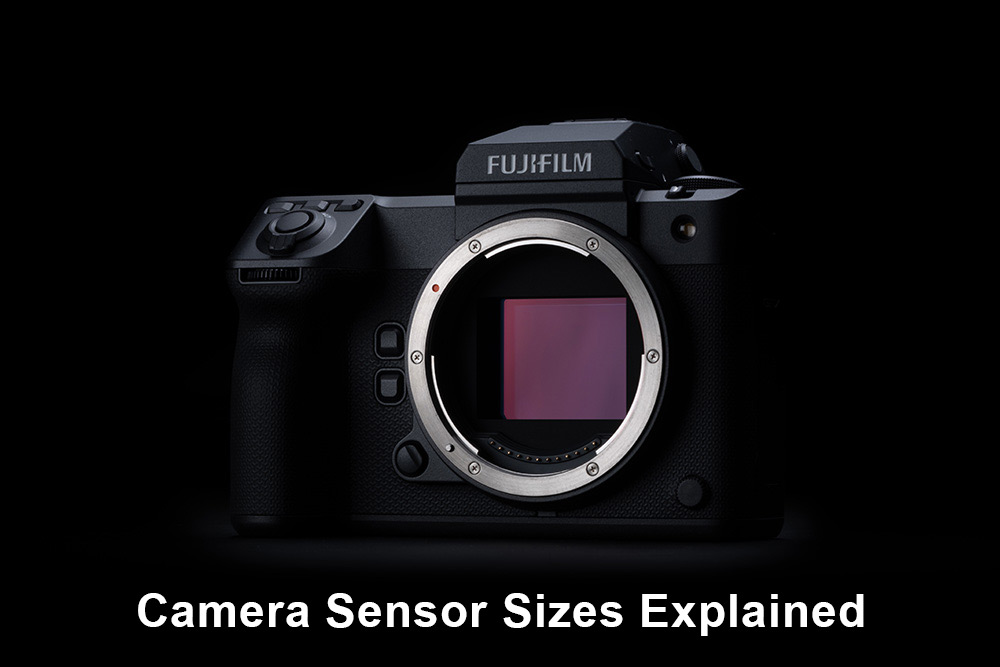
We’ve put this guide together to help you understand sensor sizes by simply explaining the four different sizes that are commonly found, and why this matters to you when choosing a camera.
What does sensor size mean in a camera?
The sensor is a small device behind the lens that electronically converts light into an image. Before the era of digital photography, images were formed on photosensitive film when exposed to light – in a digital camera, the principle is the same.
Over time, sensor sizes have changed as the world of digital photography has evolved; each size provides different benefits to a photographer. You can usually roughly judge the image quality produced by a camera from the sensor size, but there are always other factors involved, and every sensor size has something to offer a photographer by producing brilliant stills and video.

Does sensor size matter for photography?
If you have a smaller sensor in your camera, it means a smaller area of the image from the lens is detected (it’s helpful to think of it as “cropped”). This means there may be a slight reduction of the image quality that you would get from a larger sensor, assuming all things are even. Despite larger sensors having a larger area and a greater resolution, they can also understandably give you a larger camera, and larger lenses in turn – this makes smaller sensors attractive to those looking for greater portability, or those working on a budget.
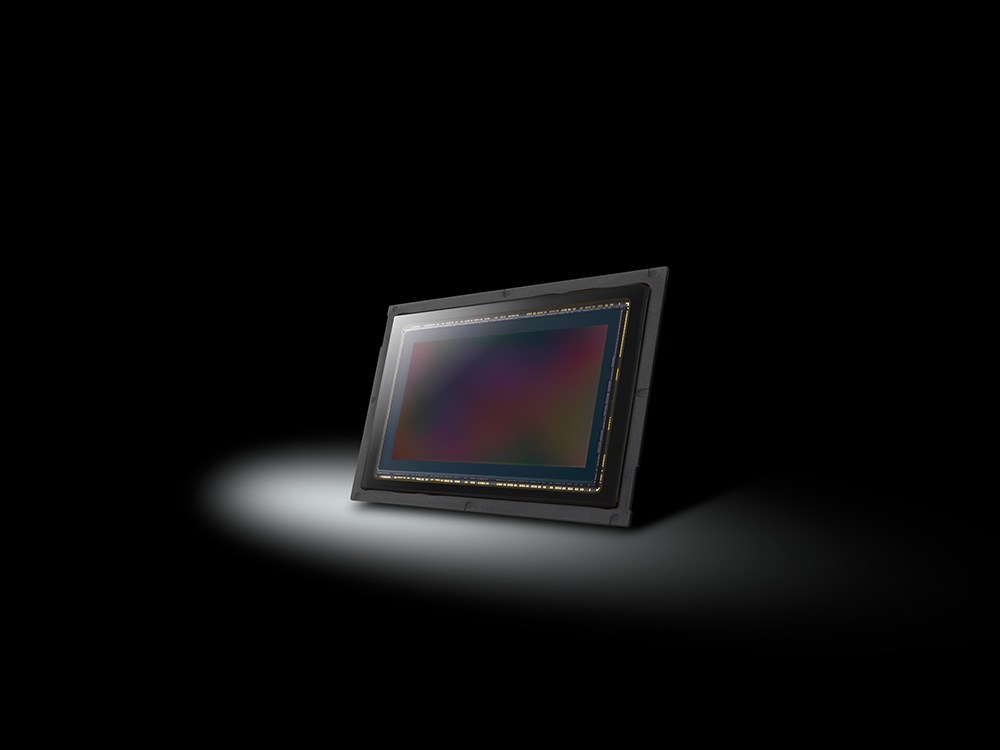
Full-frame sensors
The term “full-frame” sensor derives from film photography – 35mm was the most popular film size among photographers (and still is today). As digital cameras were being developed, the historical 35mm standard was brought to the first DSLRs and was designated “full-frame”.
Full-frame cameras have no crop factor; a 50mm lens on a full-frame will behave just like a 50mm lens. This format is seen as a balance between body size and image quality – full frame cameras are renowned for low-light performance, dynamic range, and megapixel count.
By virtue of its size, a full-frame sensor can fit more megapixels per area than a smaller APS-C or MFT for example. The Sony a7r V packs a staggering 61MP sensor, the highest resolution using the full-frame format on the market. Entry-level options like the Nikon Z5 can be purchased at an affordable price, whether new or used, and full-frame models like the EOS RP work brilliantly for content creators.
The current full-frame flagships are:
- Nikon Z9 – a gold-standard camera that covers all bases, with a 45.7MP full-frame sensor and 8K video.
- Canon EOS R3 – a full-frame camera that comes with all the newest innovations to keep up with the most demanding types of photography; perfect for sports, wildlife, and reportage.
- Sony a7R V – a 60MP body for the most stunning of stills, compatible with the largest range of mirrorless lenses on the market.
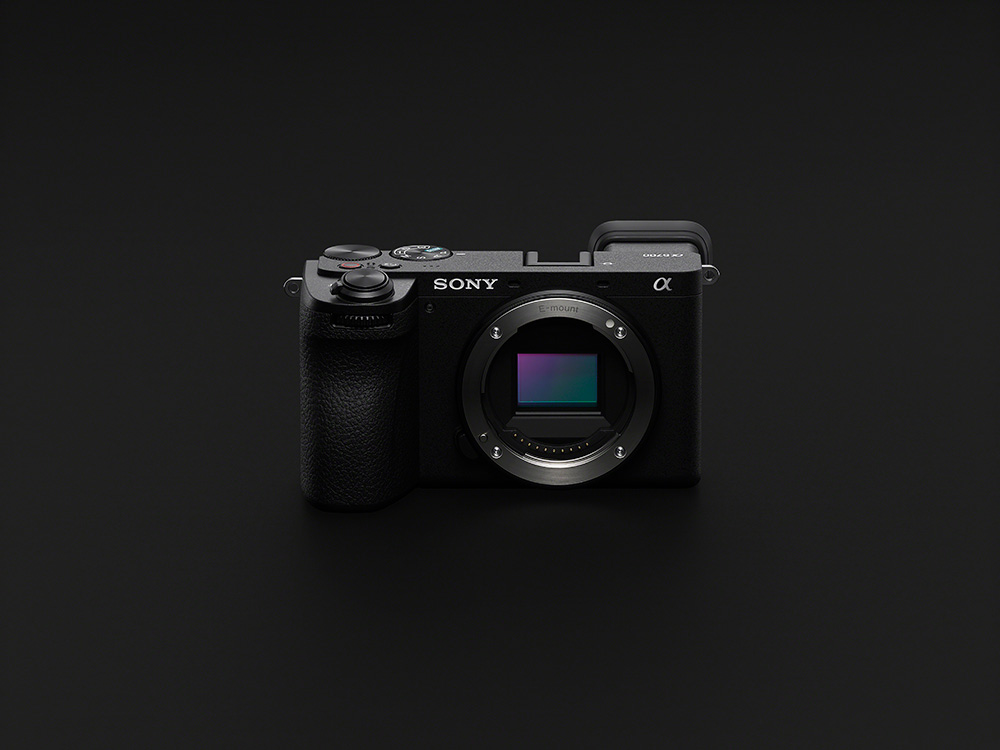
APS-C sensors
Many cameras use a sensor size smaller than full-frame – for the manufacturer, the sensors are easier to produce, and for the photographer, smaller sensors provide more affordable cameras and lenses.
APS-C is the most common format of “cropped” sensor size. While still operating with professional image quality, APS-C cameras are compact, portable and less expensive than full-frame. APS-C comes with some unexpected benefits too – the crop factor of the sensor gives lenses a longer effective focal length; for instance, an image on an APS-C sensor with a 50mm lens would appear as if were taken on a 75mm lens.
This makes it a good choice for sports photography, wildlife photography, or any other case where you would need the power of a strong telephoto lens. Despite the smaller sensor size, perceived sharpness can be higher on high-res APS-C sensors. It’s worth noting that some manufacturers have different APS-C sensors – while the majority of manufacturers’ sensors have a 1.5x crop factor, Canon APS-C has 1.6x.
Our choices of APS-C options include:
- Fujifilm X-H2 – Fuji’s flagship with beautiful stills, 8K video and a 40MP sensor that punches above its weight for an APS-C camera.
- Canon EOS R7 – a super-light camera that features the same brilliant autofocus as its full-frame counterparts, the R3, R5 and R6, compatible with their growing lineup of mirrorless lenses.
- Nikon Z50 – an ergonomic budget gem with a 21MP sensor and an excellent phase detection AF system.
Micro Four Thirds (MFT) sensors
Micro Four Thirds (MFT) is a sensor system designed by OM SYSTEM for their early mirrorless Olympus systems. In consumer cameras, Micro Four Thirds is the smallest sensor size available. This means that the MFT cameras and lenses available are even lighter than APS-C gear. The crop factor principle mentioned earlier is still in play with MFT lenses – while APS-C lenses have a 1.5x crop factor, MFT boasts a 2x factor, meaning your telephoto lenses are even more powerful on MFT. This sensor size is a good option for sports and wildlife photographers for this reason.
As well as this, MFT cameras are capable of very fast shutter speeds. Photographers may prefer the exclusive 4:3 aspect ratio that Micro Four Thirds captures (as opposed to 2:3 in other formats). The main manufacturers of Micro Four Thirds are Panasonic and OM SYSTEM – a unique trait of this sensor size means all MFT lenses are compatible with any MFT camera, so you could use your Panasonic lenses on an OM SYSTEM body and vice versa.
Low light performance has improved with recent iterations of the system. The Panasonic Lumix G9-II, arriving in November 2023 will bring Phase-Detect Autofocus to MFT, in stark contrast to a time when the autofocus on these systems lagged behind their full-frame and APS-C competitors. In short, Micro Four Thirds brings high quality to the market’s most compact system at a low price.
While the range of Micro Four Thirds cameras is limited to a few brands, this doesn’t mean there aren’t a variety of enthusiast and professional choices:
- Lumix GH6 – the highest resolution MFT camera at 25.2MP, for professional stills in a compact package.
- OM System OM-5 – a brilliant small camera, with Olympus’ genius high-res shooting system that can produce 80MP images, coming in a retro silver finish as well as black.
- Lumix G9 – an MFT camera specifically designed to maximise the format’s benefits for sports and wildlife photography, with a world-first 0.04s autofocus speed. Its 2023 successor, the G9 II, is now available for pre-order.
- OM System OM-1 took the market by storm with its combination of computational photography, stacked Quad Pixel CMOS sensor, new Ai subject detection and the outstanding results, which this camera achieves.
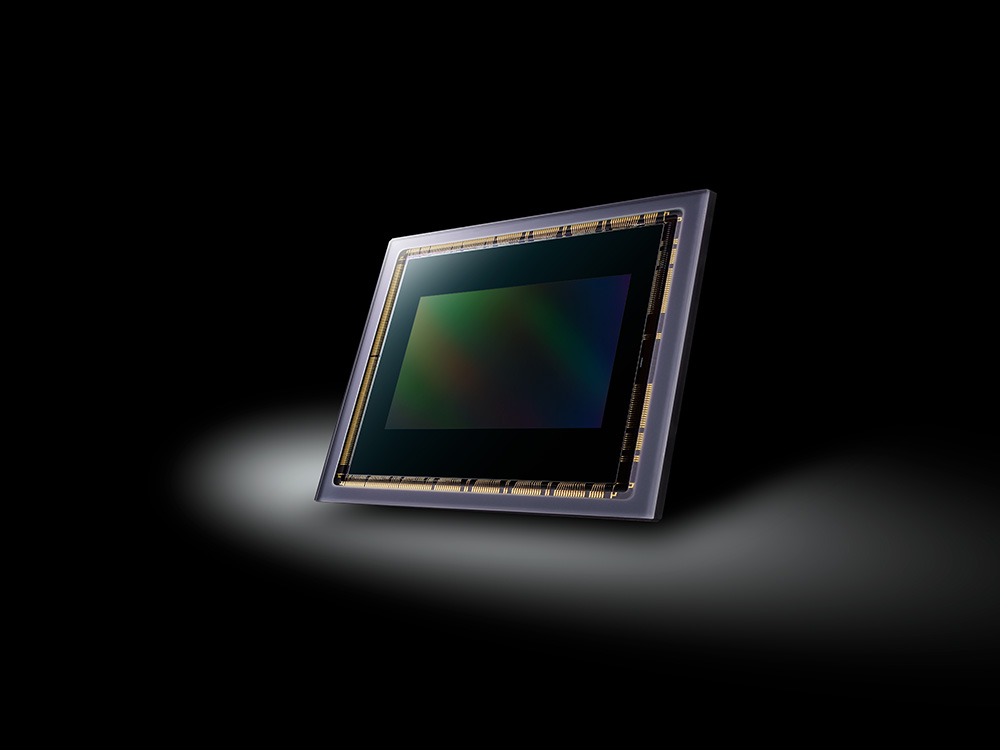
Medium format sensors
Medium format is the largest commercially available sensor size. The largest resolutions that can be found among camera sensors are found in medium format cameras, which are considered the epitome of photographic quality. Medium format has always been popular among landscape, commercial, fashion, and portrait photographers due to their incredible resolving power and exclusive image quality.
Medium format cameras are the largest among each sensor size; some designs like the Hasselblad 907X still use traditional designs, which go to show the iconic stature of the format. Some photographers may try to tell you that there’s a medium format “look” – according to many, medium format gives photos a certain feel that’s hard to put into words.
For example, most medium format cameras deliver a wide field of view with a very shallow depth of field, and Hasselblad’s medium format range is renowned for colour vibrancy and immense sharpness, giving your stills a serious edge. While full-frame cameras bring powerful resolution, cameras like the Hasselblad X2D 100C and the Fujifilm GFX 100 II boast megapixel counts higher than 100MP, something full-frame is yet to achieve.
There are plenty of high-quality medium format cameras to choose from. Here are some of our choices:
- Fujifilm GFX 100 II – the newest introduction to the medium format camera market. An 102MP sensor and the best of current autofocus innovations make this camera a super-exciting prospect.
- Hasselblad X2D 100C – everything you could want out of a medium format camera, with Hasselblad’s premium image quality mixed in for that iconic look.
- Fujifilm GFX 50S II – Fuji’s cheapest medium format option that still holds its own with a 51.4MP sensor.
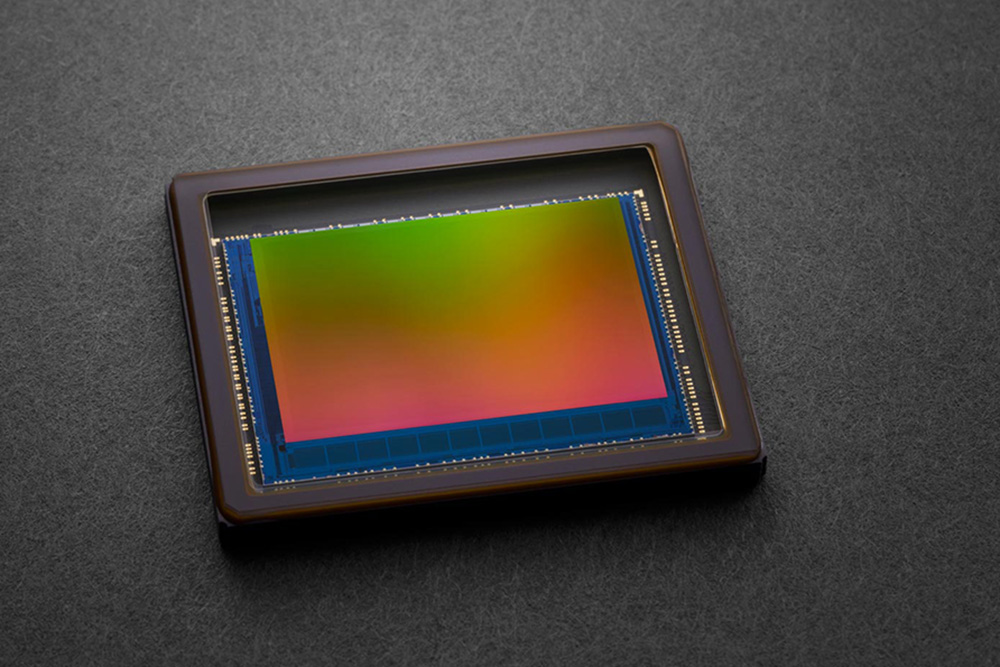
Which camera sensor size is best for beginners?
As a beginner, it’s likely that you would be looking for a camera that’s inexpensive and ergonomic, but still packs enough of a punch in terms of performance to maximise your creative potential from the jump. For beginners looking for a budget option, it makes sense to go for a cropped sensor camera, whether that’s APS-C or Micro Four Thirds. Companies often cater their budget options towards the APS-C format – Canon’s EOS R100 comes with Guided UI and Creative Assist which helps beginners wade into photography while employing a 24.1MP APS-C sensor, an impressive bit of tech for its price. Any beginner is welcome to get started with full-frame – there are good budget options that exist, like the Sony A7 II or the Panasonic Lumix S5.
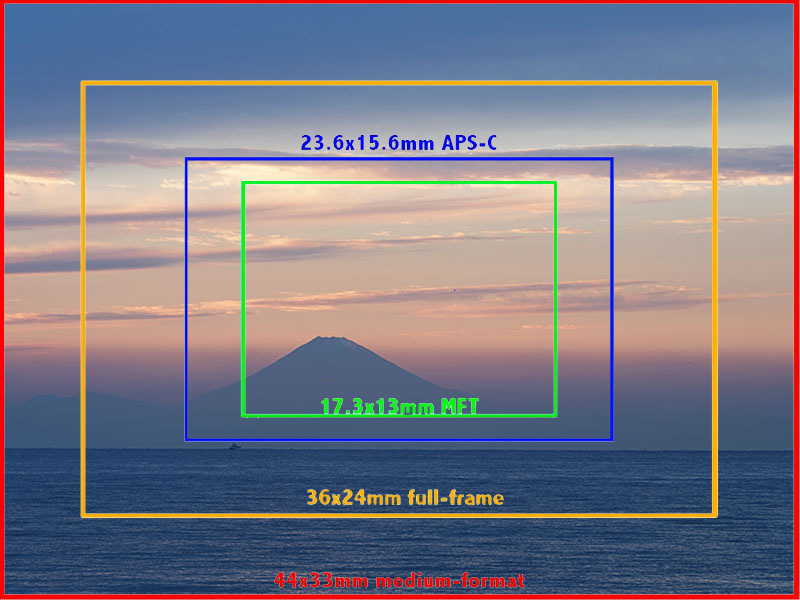
How does a sensor’s crop factor affect the image?
The crop factor describes the ratio of a sensor’s size relative to the size of a full-frame sensor. During the transition from film to digital, manufacturers kept the mounts and lenses the same so that their current users wouldn’t have to repurchase all of their lenses and accessories.
However, when digital cameras with smaller sensors became more common, images taken using old 35mm lenses had a narrower field of view as the smaller sensor cropped out some of the image. This is because lenses project a circular image onto the sensor, but the camera only records a rectangular portion.
By varying size, this rectangle becomes smaller and the image appears cropped, with a narrower field of view. This impacts the effective focal length of the lens – if shooting using a full-frame lens on an APS-C body for example, you take the crop factor and multiply it by the focal length to find the effective focal length (essentially, the equivalent focal length needed to capture the same image on full frame). In this case, shooting using a 50mm lens on an APS-C body would produce an image with an effective focal length of 75mm.
Table of camera manufacturers and camera systems
|
|
Full-frame |
APS-C |
Medium format |
Micro Four Thirds |
|
RF-mount EF-mount |
RF-S EF-S |
|
|
|
|
Z-mount F-mount |
Z DX DX |
|
|
|
|
|
X-Mount |
GFX system |
|
|
|
L-mount |
TL Mount |
S-Mount |
|
|
|
A-Mount and E-Mount |
α, Alpha |
|
|
|
|
|
|
|
OM system |
|
|
S-Series |
|
|
G-Series |
|
|
|
|
X System |
|
Choosing the right camera for you is essential for getting the most out of your photography; a good understanding of sensor sizes puts you in a good position to do so. At Park Cameras, we stock a wide range of digital cameras of every sensor size, so explore our range today – we’re certain you’ll find exactly what you’re looking for.
Share this post:
By Thom Pyle on 13/10/2023

Trade in your old equipment
Fast and easy trade in service ensures your old gear is collected efficiently and you are paid quickly! It's very simple to trade in your unwanted photography gear. Just head over to our dedicated Sell or Part Exchange page, fill out the details, and we'll get back to you with an offer for your old gear. Take the cash, or put it towards the cost of your new gear. It's up to you! Find out more
sign up to the newsletter
Keep up to date on the latest photography news, events and offers. Sign up now
